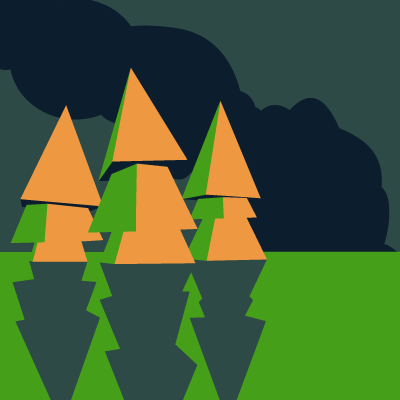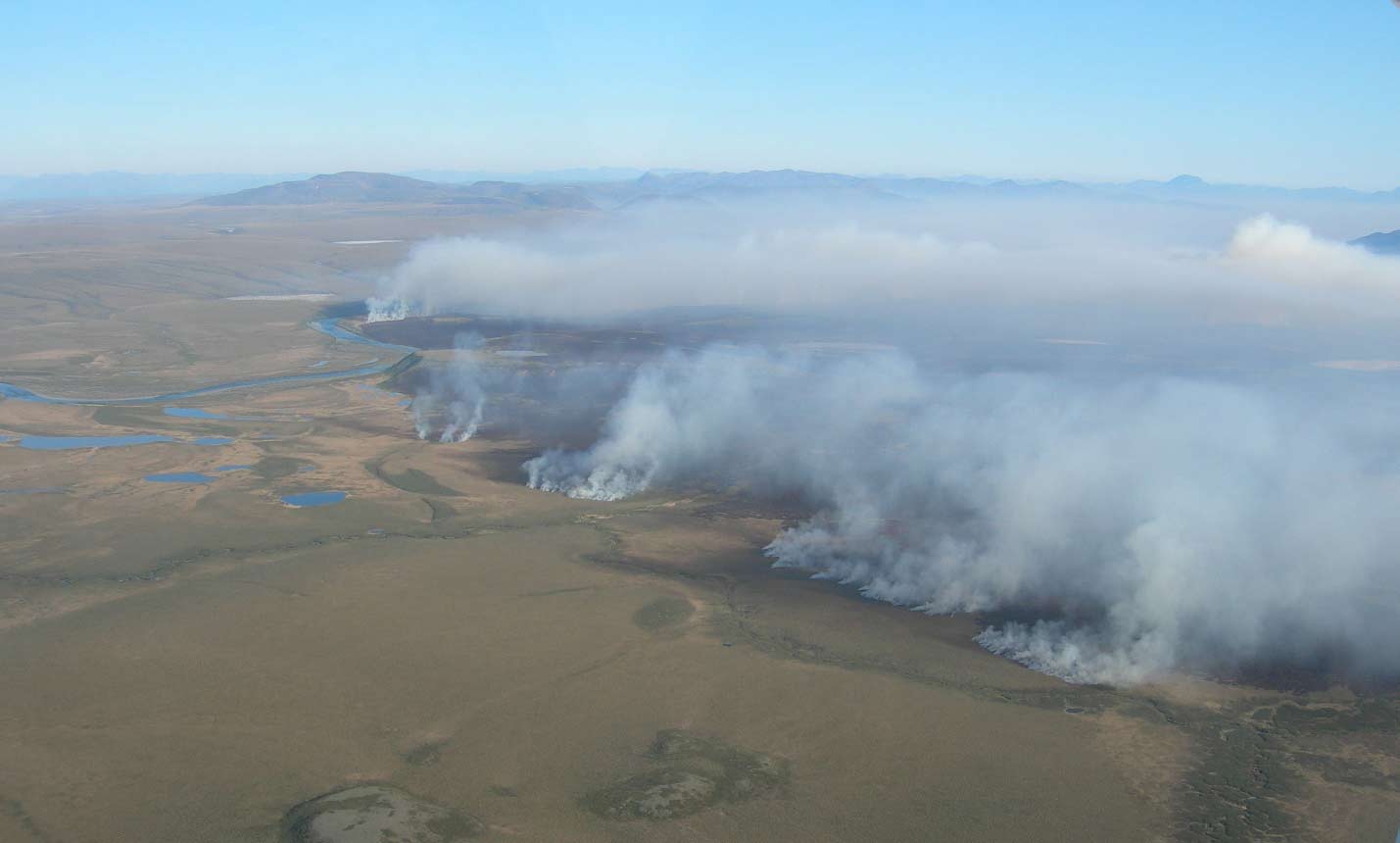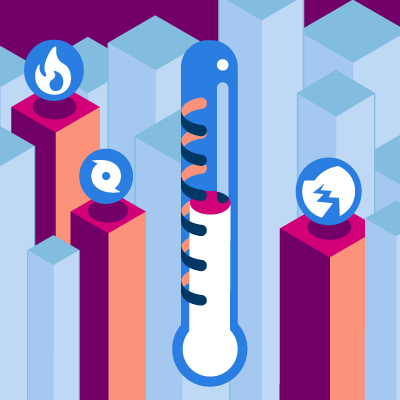
In a blog published earlier this year, I commented on the potential future effects of arctic amplification and noted that one of them would be an increase in wildfires. Here we are just a few months later and that projection has unfortunately become a reality. Just since June, more than 100 wildfires have been burning—mostly out of control—across the Arctic Circle, including Alaska, Greenland, and Siberia.

The number and areal coverage are unprecedented, at least in the 17-year satellite record from the Copernicus Atmosphere Monitoring Service (CAMS). One fire alone in Canada had an areal extent of nearly 1,000 square miles—larger than the Mendocino Complex Fire in California last year and four times the size of the Camp Fire.
The cause of these wildfires is primarily record high temperatures—not just in that region but globally. This past June the Earth recorded the highest average temperature for the month and will likely do the same for July. Siberia was more than 7oC hotter than normal in a region where interannual temperature variability is normally only half that.
Multi-Year Processes
The high temperatures certainly help to dry out vegetation, but there is more to the story than that. For decades the amplified warming and associated precipitation increases have been responsible for increased vegetation, which will certainly continue. A study published in Nature projected that woody vegetation may increase 50% by mid-century. The record low ice levels have been exposing more peat bogs. Peat is a significant fuel source that is slow burning. That longevity means that evolving wind conditions can spread a fire in many different directions over a period of days or even months.
Rising temperatures have also been responsible for more lightning storms, which are the largest ignition source in the Arctic, as human activity (e.g., carelessly tossed cigarettes, incompletely extinguished camp fires, and arson) is not much of a factor.
Finally, the long-term warming in the Arctic also means that there have been fewer overnight low temperatures reaching -30oC, which is considered a necessary threshold to keep tree-killing beetles at bay. Without these beetles, the region increases its supply of dry wood.
So, just as is the case with wildfires in midlatitudes (e.g., California) and the tropics (Florida), the wildfire risk in the Arctic is a culmination of multi-year processes, rather than a risk that emerged only recently.
Change Is in the Air
The environmental concerns from Arctic wildfires are significant. First, the pollutants from them can be transported thousands of kilometers away and affect air quality on continental scales. In May of this year, air currents were sending smoke from wildfires in northwestern Canada as far east as Newfoundland and as far south as St. Louis, Missouri!
Closer to the source, black soot falling on existing ice and snow reduces the albedo—the fraction of incident radiation (such as light) that is reflected by a surface or body (such as the moon, a cloud, or ice and snow)—and allows more solar radiation to be absorbed and help melt more ice, exposing more peat.
And let’s not forget about carbon dioxide. All burning vegetation is a source of atmospheric CO2 (and CH4, or methane), especially peat. It is estimated that the Arctic wildfires in June and July have accounted for more CO2 release than the annual totals for Belgium or Sweden. The roughly 100 million metric tons is small compared to that of the U.S. (~5000 million metric tons in 2017), but keep in mind that number is growing—especially as more peat becomes available.
Remote Effects
Concerns about air pollution and accelerated global warming are bad enough, but consider the impact that large Arctic wildfires may have on extreme weather and property damage in more temperate latitudes. Large fires can inject smoke particles deep into the atmosphere. The subsequent transport not only affects air quality near the surface but atmospheric stability as well. The reduced stability can be instrumental in augmenting heavy rain events and other extreme weather.
The effect is a bit like what happens with a large volcanic eruption. Think Mt. Tambora in 1815 and the heavy rains that ensued the next year damaging crops and compromising food supplies worldwide. An example of this may have occurred as recently as August 2017, when smoke particles from large wildfires in western Canada early in the month found their way to Northern and Central Europe (Ansmann et al 2018). (The impact was 20 times higher than that of the Mt. Pinatubo, Philippines, eruption in 1991.)
This Canadian wildfire’s partial blocking of solar radiation at high atmospheric levels likely increased atmospheric instability, deep convection, and enhanced the heavy rains that fell on August 22, 2017—55 mm (2 inches) in one day, with most of that in a four-hour period—that damaged roads and bridges as well as endangered the lives of dozens of people in the UK.
Chaos theory is telling us that such remote effects from wildfires may happen. Satellites, rain gages, and repair bills may be telling us they are already here.



